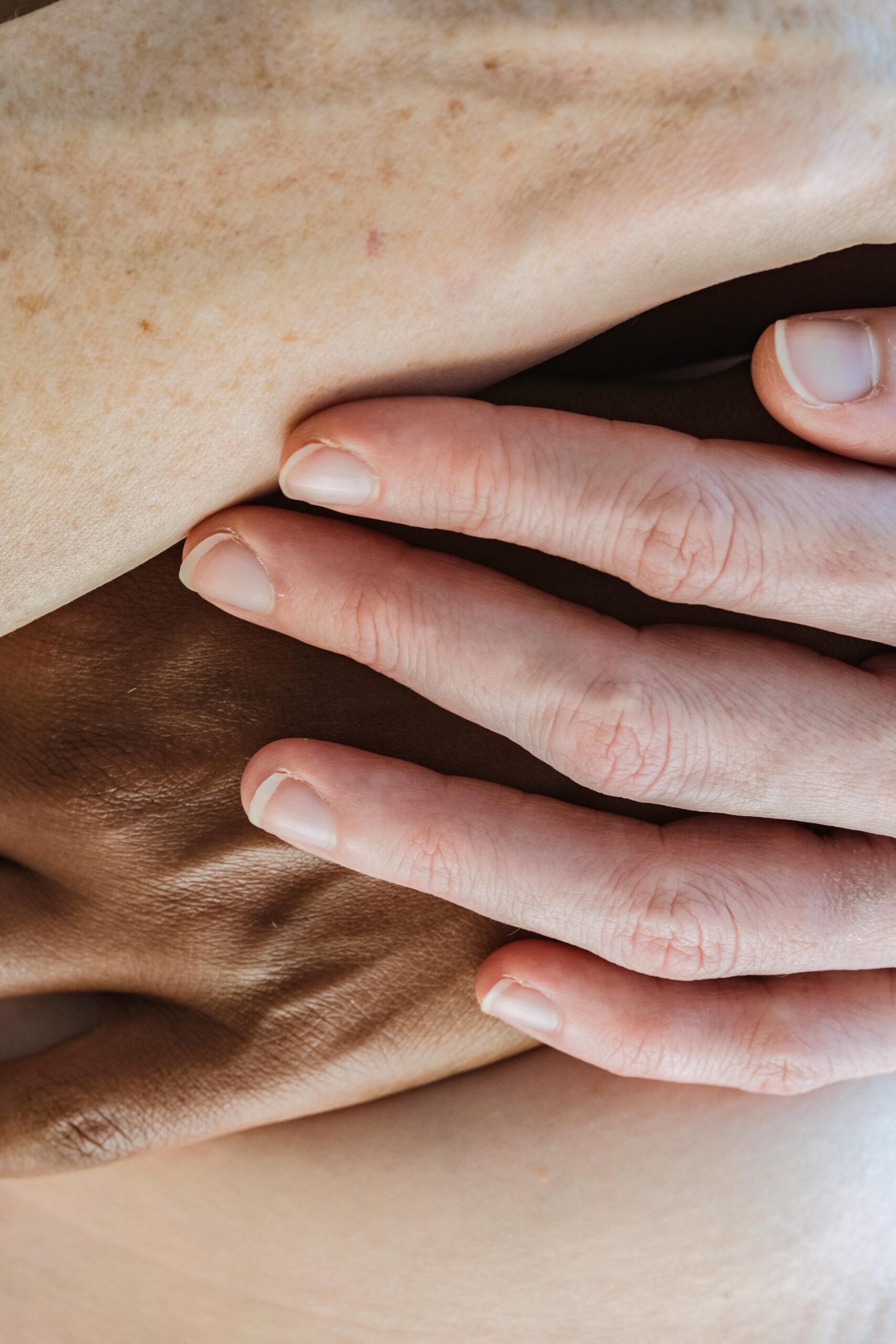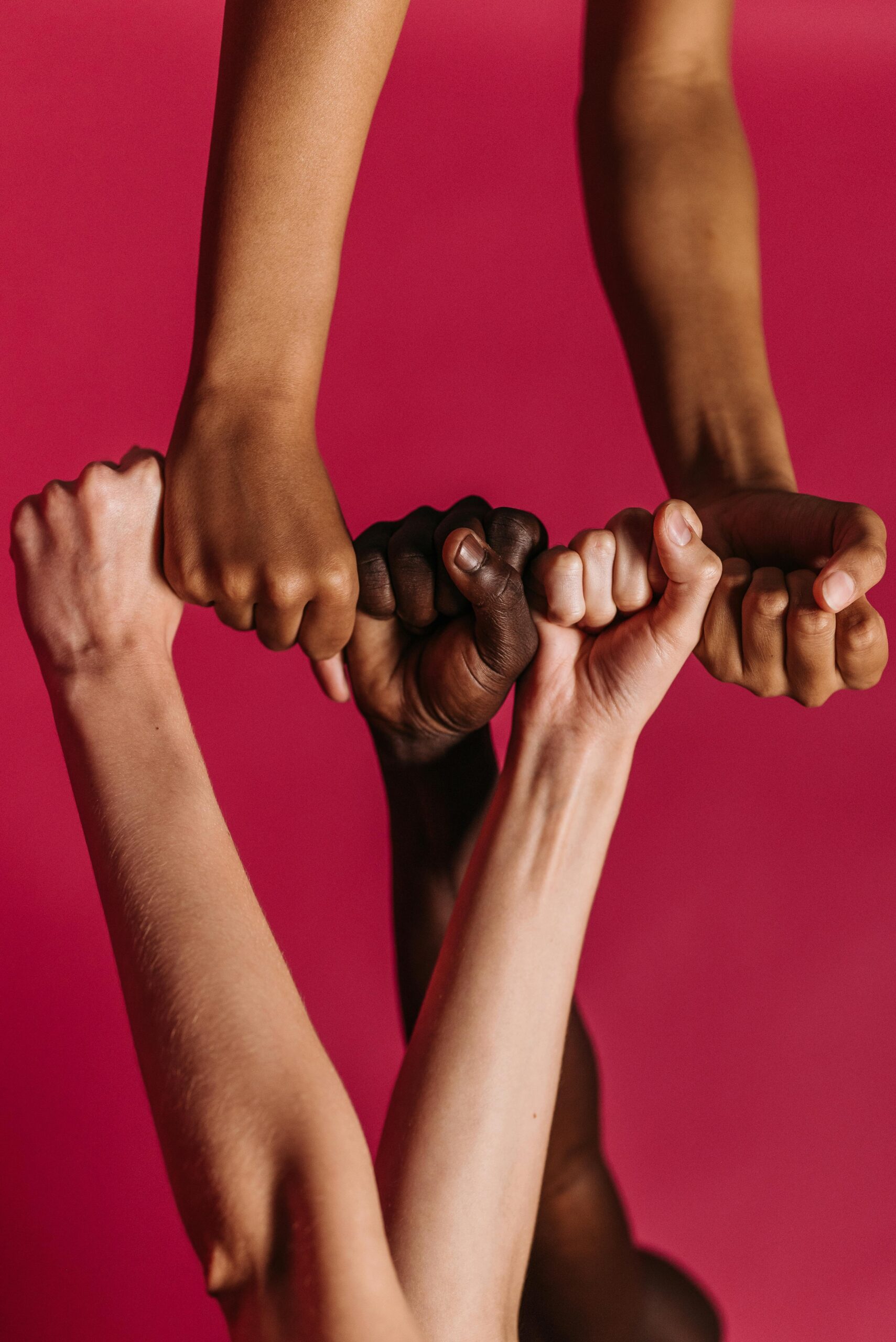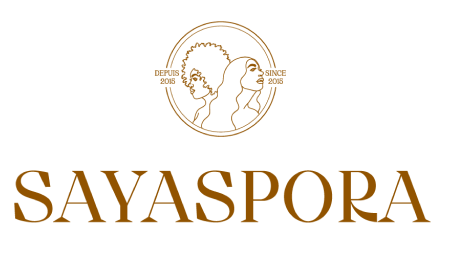October 30, 2024
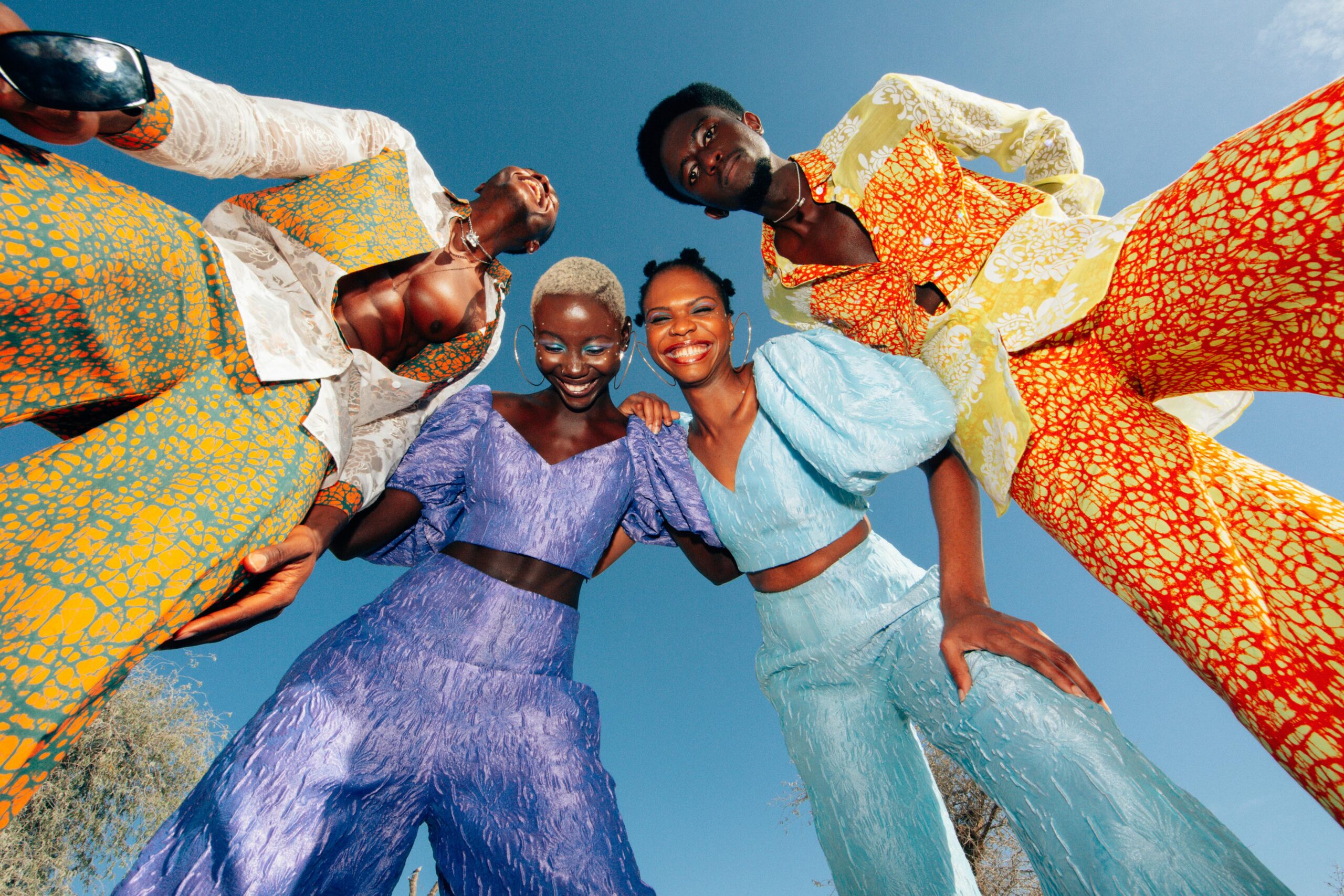
By Josie Fome
When it comes to the history of gender and sexuality in Africa, historians, anthropologists, even researchers have, up until recently, told an incomplete story.
Africa, and Africans, have often been painted with a broad brush on both extremes. On the one hand, they are subject to African sexual exceptionalism when it comes to same-sex relationships and the belief that such relationships weren’t prevalent in Africa or aren’t familiar to pre-colonial Africans; on the other hand, today Western perceptions of Africans continue to prevail with the myths of “super virile and lascivious women.”
Reports of same-sex relationships span from the Horn of Africa to the coast of Western Africa.
Nevertheless, as modern society continues to push back against these dated stereotypes through deeper, fuller research, records from colonialist’s archives – and through passed down oral stories – are brought to the forefront depicting not only that many African cultures had “transgressive gender performances” built into their cultural fabric, but also, in many spaces, gender roles were not as rigid as they have evolved to be today.
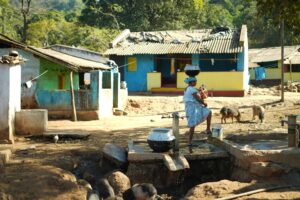
Reports of same-sex relationships span from the Horn of Africa to the coast of Western Africa. For example, in Sudan, amongst the Moro, Tira, and Nubian Nyima, “non masculine males were called lando by Nuban Krongo (Korongo) and tubele by the Mesakin, and they could marry men.” For the women of Southwestern Sudan, the Zande, reports indicate that there were “special friendships between women that mimicked male blood-brotherhood relations. Two women would break a cob of blood-red corn (kaima) and utter a spell over it: ‘After this they should not call each other by their proper names, but they call each other bagburu. The one who is the wife cooks porridge and a fowl and brings them to the one who is the husband. They do this between them many times. They have sexual intercourse between them with sweet potatoes carved in the shape of a circumcised penis, with carved manioc also, and also with bananas.’” These relations were not approved by the Zande men however as they viewed lesbianism as “highly dangerous.”
It would not be a stretch to claim that of all the imports that colonial governments brought to Africa, amongst the biggest, strongest, and most lasting, is homophobia.
In what is now known as Burkina Faso, “relationships organized by both age and gender (even more so than those of the Zande) were observed in the Mossi in the early twentieth century. Sorones, or pages, were chosen from among the most beautiful boys aged seven to fifteen. They dressed as women and assumed other feminine attributes, including women’s sexual role with the chiefs, especially on Fridays, when sexual imercourse with women was prohibited.”
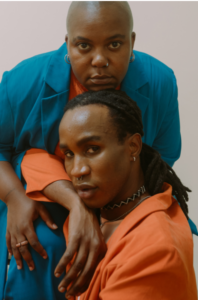
And in present-day Benin, “historical reports refer to same-sex patterns in the royal court of the Dahomey kingdom which emerged in the eighteenth century.” About the same time, a privileged role for non masculine males was observed in the Dahomey court at Ouidah. Called lagredis, they were chosen from among the sons of the country’s best families. [The female corps of the Dahomey kingdom, more commonly referred to as ‘the amazons,’ were] not supposed to marry, and, by their own statement, they have changed their sex. ‘We are men,’ say they, ‘not women.’ All dress alike, diet alike, and male and female emulate each other..” The stories and the findings continue to expand into other countries including, but not limited to, Ghana, Senegal, Ivory Coast, Tanzania, Liberia, and Nigeria.
“For most African women (with the exception of some urban women), the colonial period was characterized by significant losses in both power and authority […].”
With such a number of reports of same-sex relationships within an African context, how then did Africa come to be regarded as one of the most repressive continents when it comes to homosexuality? It would not be a stretch to claim that of all the imports that colonial governments brought to Africa, amongst the biggest, strongest, and most lasting, is homophobia.
All of it was by design, as a means to superficially impose Western worldviews on African societies. “For most African women (with the exception of some urban women), the colonial period was characterized by significant losses in both power and authority. Colonial officials propagated Western gender stereotypes which assigned women to the domestic domain, leaving economic and political matters to men.”
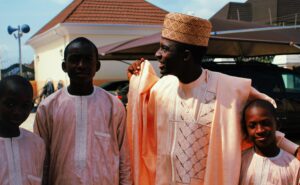
And though African men also suffered under colonial rule, opportunities flourished for them while they diminished for women. All over Africa, political and economic power that women once held was reduced during colonialism. For effeminate men, who previously were simply left alone by members of their community, conformity became a matter of survival…either conform to the imposed reality, conceal one’s true nature, or be subjugated to the harsh consequences of the colonial rulers.
For Africans in the diaspora who identify as queer, […], they often still not only have to navigate spaces that are homophobic, they do so while bearing the weight of systemic racism as well […].
“Many native Zimbabweans were tried for same-sex practices, as well as cross-dressing. Hence, over 400 cases of homosexual behaviour were recorded between 1892 and 1932 alone. The belief that same-sex sexual practices were morally, and thus legally, wrong was brought to Zimbabwe by European colonizers. These court cases mark the introduction of these laws in Zimbabwe, laying the foundation for future anti-homosexual legislation in the region.”
The effects of these repressive laws continue to this day.
For Africans in the diaspora who identify as queer, though many can find refuge in a country like Canada to live their full lives, they often still not only have to navigate spaces that are homophobic, they do so while bearing the weight of systemic racism as well; a double-edged sword that would leave anyone exhausted simply at the thought of leaving their home daily.
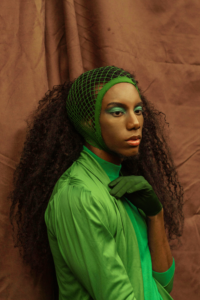
Statistics Canada reported that anti-Black and homophobic hate crimes increased significantly post pandemic. “Incidents targeting the Black population accounted for more than half – 57 per cent – of the increase in racial or ethnic hate crimes in 2022 – [and] of the 491 hate crimes targeting a sexual orientation recorded in 2022, nearly three-quarters – 74 per cent – specifically targeted the gay and lesbian population.”
[…] when it comes to homosexuality in Africa, there’s nothing new, foreign, or “western” about it.
As a result, in response, and in spite of these struggles, Blacks and Africans in Canada continue to do their best to carve out spaces for themselves. Organizations like Black Queer Network, The Enchanté Network, Egale, and many more have availed themselves for 2SLGBTQI people and issues.
For queer folks, both on the continent and in the diaspora, there is still a long way to go with more than thirty African countries banning same-sex relationships and hate crimes in Canada on the rise.
As the long and often tiresome work continues, solace can be found in the depth of work that’s being done to dispel myths that have held place for far too long and in the knowledge that when it comes to homosexuality in Africa, there’s nothing new, foreign, or “western” about it.
Similar articles
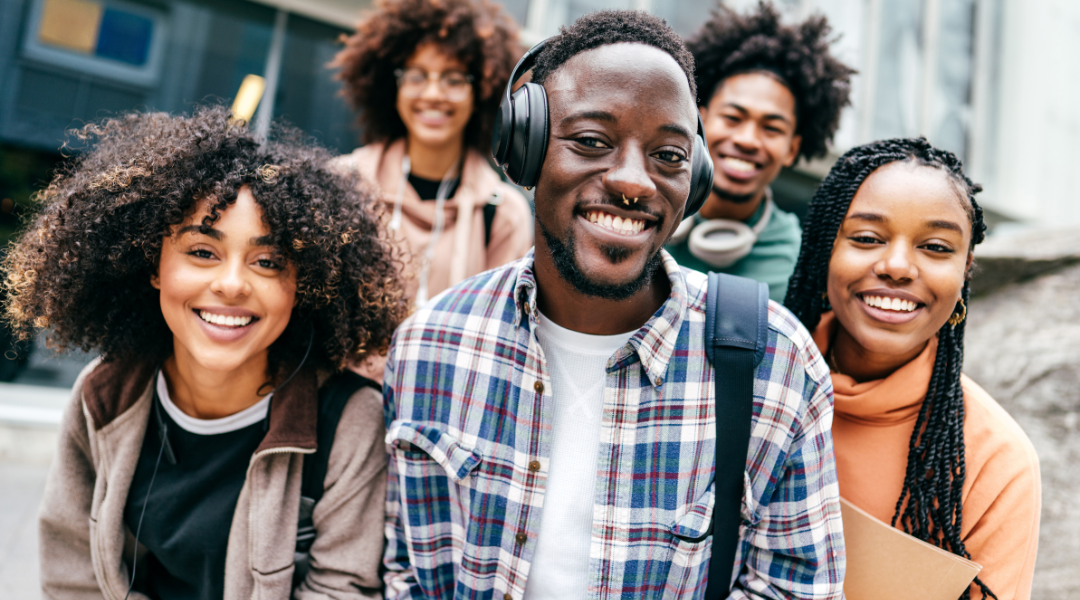
January 20, 2025

